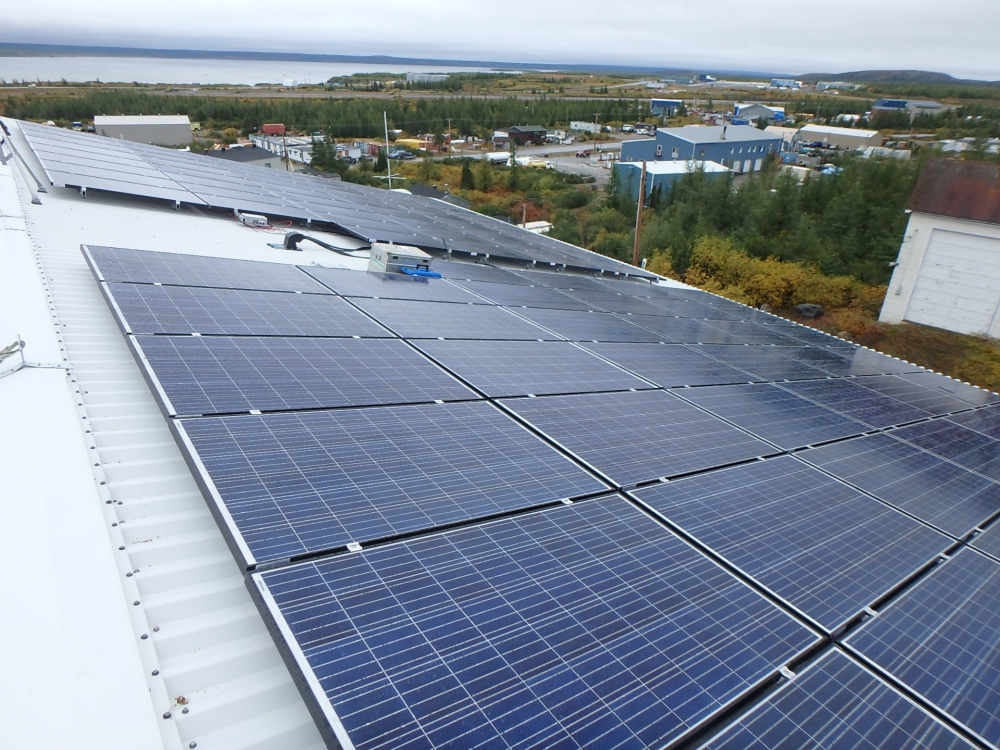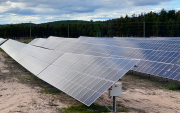Long-term resource planning is a critical component of utility operations and a key leverage point for regulatory oversight of public utilities, especially in jurisdictions like British Columbia and Quebec, where the utility provider is a large, centralized monopoly. A long-term resource plan details how a utility plans to deliver electricity to all of its customers over a 10-20 year period, including details like where the power is coming from, how it is transmitted throughout the service area, and how much more or less energy they will need due to changes in projected demand.
Long-term resource planning is also an essential ingredient to the clean energy transition, as it prompts utilities to map out how they are going to provide enough energy for the future, including what technologies for electricity generation are, such as a hydropower dam or a natural gas plant. Without long-term resource planning, it would be very hard for utilities and their customers to execute any kind of transition from one generating technology to another, much less accomplish the magnitude of changes required to reduce our emissions and dependence on fossil fuel as a primary energy source.
Long-term resource planning in remote communities
For remote, or off-grid communities, long-term resource planning is even more critical. The majority of remote communities across Canada are dependent on diesel generators for their energy. The costs of relying on diesel generators are well documented, as are the motivations for remote communities to displace diesel with renewable generation. Since remote communities are not connected to an integrated transmission network, where power can come from any number of generation sources throughout the electricity grid, the planning and operation of their microgrid has a significant impact on their communities. This can take the form of limiting community growth because there isn’t enough energy to support new businesses, industrial ventures, or new housing. Long-term resource planning also includes the provision of demand-side management programs, which help communities use energy more efficiently by investing in upgrades in their community buildings and homes to reduce energy use and improve quality of life.
Electricity regulators and long-term resource planning
Electricity regulators are impartial tribunals which exist to ensure that utilities, which are natural monopolies and don’t have pressure from competing firms, are operating in the public’s interest. The regulators review utility’s long term resource plans and evaluate whether those plans are realistic and cost efficient.
These regulatory reviews are transparent, open to the public, and invite public stakeholders to comment on whether the proposed long-term resource plan is appropriate for serving all customers. When stakeholders disagree with aspects of the plan, such as how much demand there will be in the future, or whether investments are prudent, they are invited to comment on the long-term resource plans and shape the regulator’s response to the long-term resource plan (accept, reject, or accept with modifications).
Regulatory review of long-term resource planning in remote communities
When a remote community disagrees with their utility about the future of their microgrid, the regulatory review of their long-term resource plan serves as a critical opportunity for the community to make their voice heard at an impartial tribunal. The utility is accountable to all its customers through these regulatory processes, but the focus of regulatory oversight of long-term resource planning is typically on the integrated electricity grid, not on remote microgrids.
Long-term resource planning for remote microgrids is different from the integrated electricity grid, and a different approach is required. In addition, because remote communities are so heavily impacted by their utility’s operations in their communities, and because most remote communities are largely First Nations, planning must be done in close collaboration with the communities. Thus, a tailored approach to regulatory oversight of long-term resource planning may be required in many jurisdictions, one that considers the unique nature of remote communities, the inherent rights of First Nations, and the community’s aspirations for economic and population growth.
Recognizing the unique conditions and inherent rights of remote communities should not result in an absence of regulatory oversight for remote communities, but rather regulatory oversight that takes these considerations into account as crucial components of the public interest. Remote communities are also entitled to the right to disagree with their utility service provider in a public tribunal, just like any utility customer.
Reducing diesel consumption and transitioning to clean energy for remote communities is a challenge that requires extensive planning, consultation, and collaboration between utilities and remote communities and regulatory processes that not only support that collaboration, but also hold the utility accountable to the needs and priority of the community.










